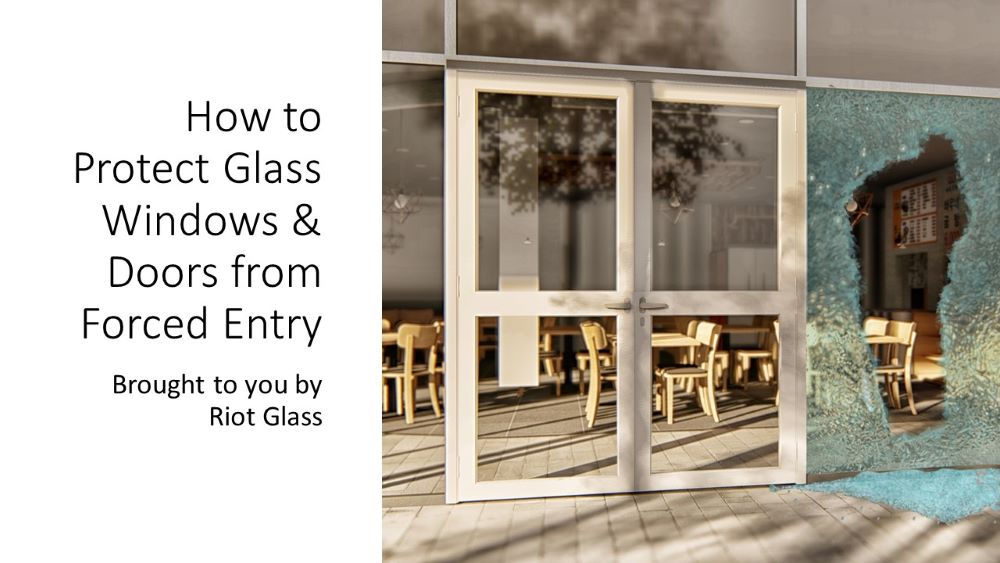With the rise of active shooter and active assailant attacks happening in our nation, more and more schools, institutions of higher education, and healthcare facilities are looking for better ways to keep intruders out, all while maintaining a welcoming environment for students, staff, patients, and guests. One of most effective ways to do this is to fortify the glass windows and glass doors on campus.

Campus Safety Voices, available on Spotify and Apple streaming platforms, features timely conversations on a wide range of topics affecting K-12 schools, institutions of higher education, and healthcare facilities.
The question for protection professionals, however, is how to effectively accomplish this. Glass fortification is a complex issue that must be addressed with the help of a professional with years of experience protecting glass openings.
That’s why I spoke with Brad Campbell, president and founder of Riot Glass. Riot Glass is a manufacturer of retrofit security glazing systems designed to add a significant level of forced entry and/or ballistic protection to any building.
In our interview, Brad discusses:
- Why it is so important for glass openings, such as windows and doors, to be fortified: 2:05
- What type of assessment process he recommends so campuses adopt the right solution(s) for their facilities: 4:31
- The different types of glass protection solutions currently available on the market, and which ones are the most effective at preventing forced entry vs. the types that are best for severe weather, earthquakes, bomb blasts, privacy, and energy savings: 11:45
- Because there is a lot of attention on active assailants right now, the specific solutions to address this threat and how a campus can most effectively protect its glass openings from active assailants and other types of intruders: 18:28
At 22:25 of our interview, we watch a video that demonstrates how these various products work in both a test environment, as well as in real-life. For those of you in our audience who are listening to this podcast on Spotify or Apple Podcasts, you might want to watch the last 10 minutes of our interview either on CampusSafetyMagazine.com or on YouTube to see these products in action.
So, with that, here’s my interview with Brad Campbell. Enjoy the show!
Sponsored by:
Watch the full interview here, or listen on the go on Apple or Spotify.










